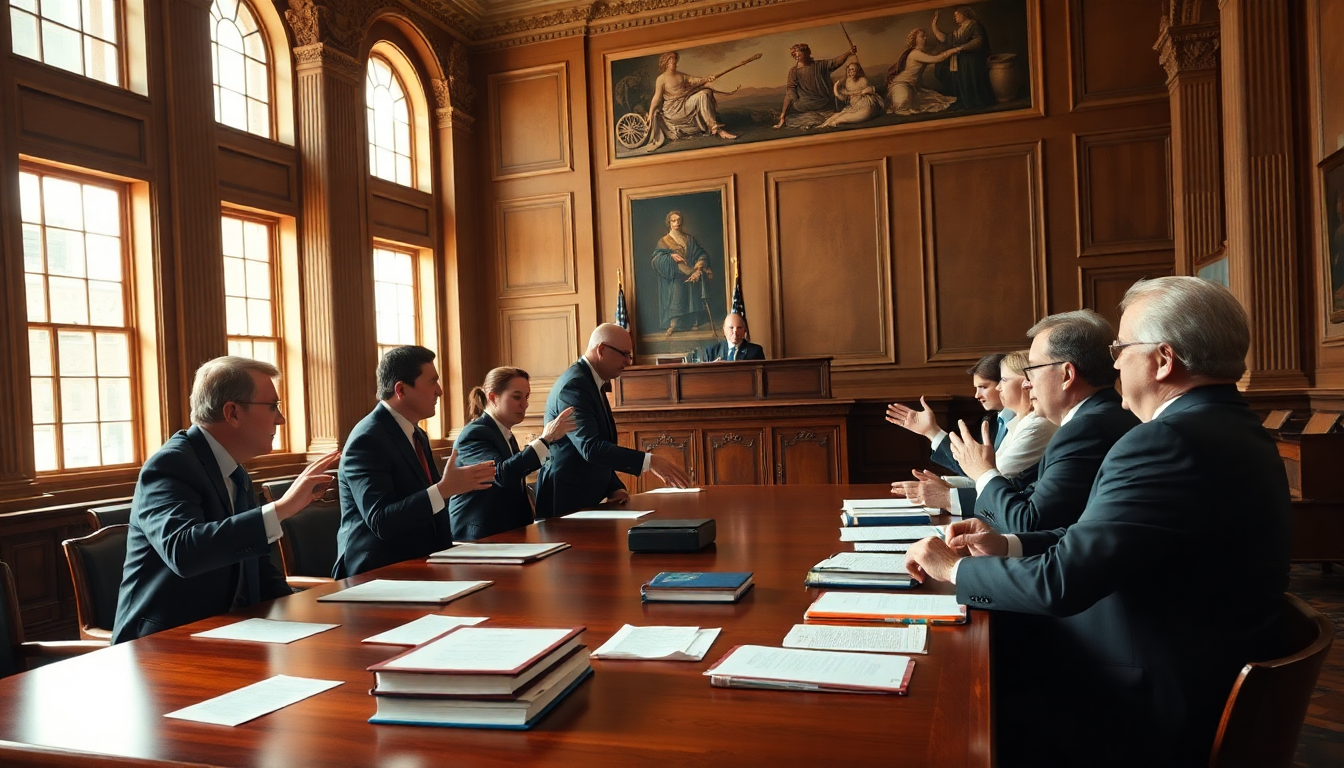Table of Contents
The recent ruling by a federal judge regarding the Trump administration’s lawsuit against Maryland judges has really highlighted the complexities of immigration law and the judiciary’s role in this heated topic. In a noteworthy decision, US District Judge Thomas Cullen dismissed the case, which aimed to challenge an order that temporarily paused deportations for migrants appealing their removal.
This ruling not only showcases the intricate relationship between federal policies and judicial oversight but also raises some important questions about the administration’s approach to immigration enforcement.
What Sparked the Lawsuit?
The lawsuit initiated by the Trump administration sought to challenge a directive from Chief Judge George L.
Russell III, which effectively put a stop to the immediate deportation of immigrants while they awaited legal review. This order was significant because it created a vital window for individuals to contest their detentions, giving them access to legal counsel and a chance to argue their cases in court.
The fact that all 15 federal judges in Maryland were named as defendants in this unusual legal action highlights the administration’s aggressive stance against judicial decisions that disrupt its immigration agenda.
Interestingly, Judge Cullen, who was appointed by Trump himself, expressed skepticism about the need for the lawsuit during a hearing.
He questioned the rationale behind suing the entire Maryland federal bench. This skepticism underscores a critical tension within the judicial system, where judges must balance their roles as interpreters of the law against the backdrop of politically charged policies. Isn’t it fascinating how the legal system can become a battleground for political disputes?
What Does This Ruling Mean?
The implications of Judge Cullen’s ruling extend far beyond this specific case. It serves as a reminder of the judiciary’s power to act as a check on executive authority, especially in such a contentious area as immigration. By preventing the Trump administration from swiftly deporting individuals who challenged their cases, the court has reinforced the principle that due process must be upheld, even in the realm of immigration enforcement.
This ruling also shines a light on the ongoing struggle between state and federal powers regarding immigration policy. As immigration law continues to evolve, judicial decisions like this one will play a crucial role in shaping how immigration laws are enforced across the country. Moreover, this ruling could set a precedent for other cases involving similar issues, potentially affecting the administration’s ability to carry out its immigration policies in the future. How will this shape the landscape of immigration in the U.S.?
What Lies Ahead?
Looking ahead, the world of immigration law is filled with challenges. This recent ruling serves as a reminder that judicial oversight is an essential part of the legal process, especially in matters affecting vulnerable populations. As more cases come before the courts, the judiciary will continue to navigate the complexities of immigration policy, often against significant political pressure.
Additionally, as the Biden administration gears up for its own immigration reforms, the legal landscape is likely to shift once again. How courts interpret and enforce immigration laws will be vital in determining the future of U.S. immigration policy. Stakeholders—from policymakers to immigrant advocates—will be keeping a close eye on new cases as they emerge, eager to see how the judiciary continues to shape the narrative around immigration enforcement. Are you ready to see how this all unfolds?





